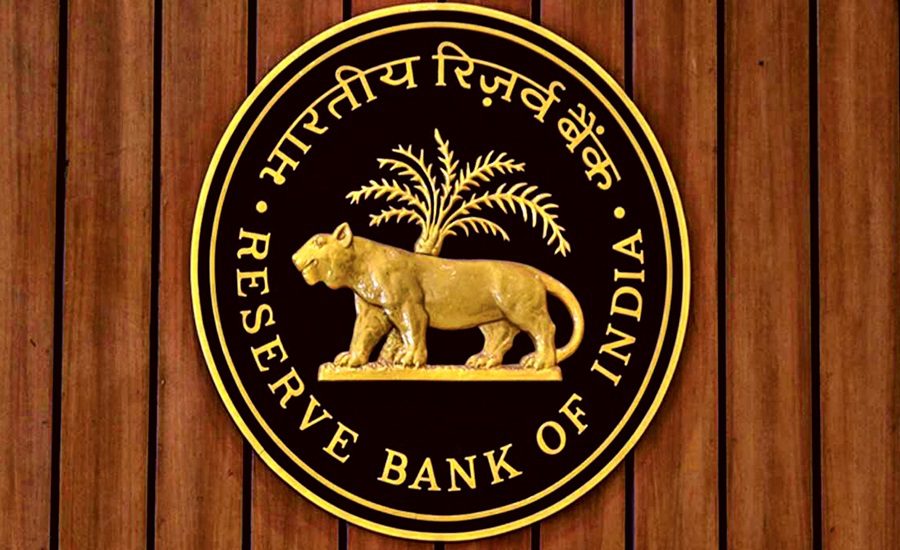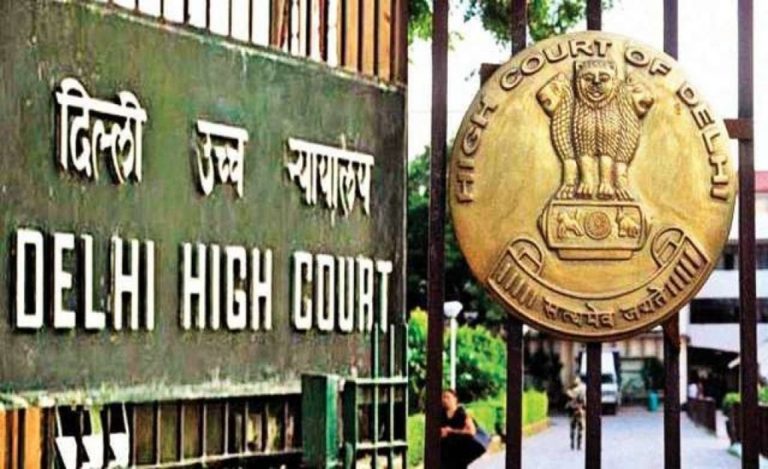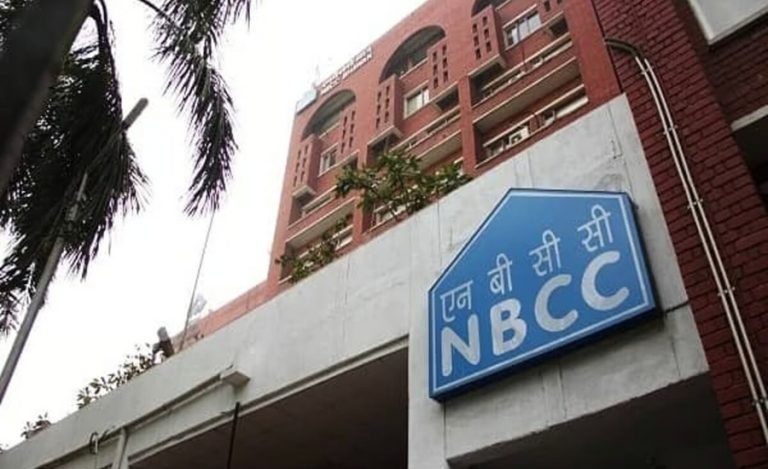New Delhi: In a major boost to the government’s fiscal position, the Reserve Bank of India (RBI) on Friday announced a record transfer of ₹2.69 lakh crore as dividend for the financial year 2024-25, marking a 27.4% increase over the previous year’s payout. The decision was made at the 616th meeting of the Central Board of Directors of the RBI, chaired by Governor Sanjay Malhotra.
This marks a sharp rise from the ₹2.1 lakh crore dividend transferred for FY24 and more than three times the ₹87,416 crore paid in FY23. The unprecedented surplus comes at a crucial time, providing the central government with additional fiscal headroom ahead of key infrastructure investments and social welfare programs.
Revised Economic Capital Framework Underpins Surplus
The dividend was calculated based on the revised Economic Capital Framework (ECF), which was reviewed and approved by the RBI’s Central Board in its meeting on May 15, 2025. The updated framework prescribes that the Contingent Risk Buffer (CRB) – a crucial reserve to safeguard against future financial risks – be maintained between 4.5% and 7.5% of the central bank’s balance sheet.
“In view of the current macroeconomic environment, the Central Board decided to increase the CRB to the upper limit of 7.5%,” the RBI said in a statement. Despite the enhanced provisioning, the bank was able to declare a substantial surplus due to strong earnings from its investments and robust operational efficiency.
Economic Outlook and Annual Review
During the meeting, the Board also reviewed both global and domestic economic conditions, noting key risks to the economic outlook. It discussed the performance and operations of the central bank over the last fiscal year and approved the Annual Report and Financial Statements for FY25.
The substantial dividend payout is expected to ease the government’s borrowing requirements and support its efforts to maintain fiscal discipline while financing ongoing capital expenditure and welfare initiatives.
Government Likely to Benefit from Fiscal Room
With general elections recently concluded and new fiscal priorities expected to emerge, the increased dividend is likely to play a key role in shaping the budgetary landscape for 2025-26. Economists suggest the record payout could help narrow the fiscal deficit and fund new policy initiatives without exerting pressure on market borrowings.
The RBI’s surplus transfer is a key component of the government’s non-tax revenue and plays a pivotal role in fiscal planning each year. This year’s record transfer reaffirms the central bank’s strengthened financial position and the effectiveness of the revised ECF in balancing risk with returns.
About RBI
The Reserve Bank of India (RBI), the nation’s central bank, plays a crucial role in managing India’s monetary policy and ensuring financial stability. One of its significant financial contributions to the government is through the annual dividend, drawn from its surplus earnings. For FY2024-25, the RBI announced a record dividend payout of ₹2.69 lakh crore to the central government, a 27% increase from the previous year’s ₹2.1 lakh crore.
This surplus stems from robust investment income and efficient operations, despite increasing its Contingent Risk Buffer to 7.5% under the revised Economic Capital Framework. The dividend provides a vital non-tax revenue stream for the government, offering fiscal space to fund infrastructure and welfare programs without increasing market borrowings. RBI’s strong financial position and the revised surplus-sharing mechanism underline its pivotal role in supporting the government’s fiscal strategy and maintaining macroeconomic stability.



























